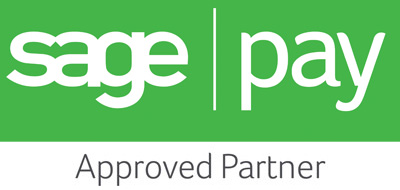Conducting Research For Content – Part 2
Welcome back to our look at conducting research for content.In part 1, we looked at the basic principles of survey design, so we'll delve into that more deeply here.
Designing a survey is a task that seems simple enough on the surface, but which is actually incredibly complex if you want to do the job well. Knowing what you want to discover and how you want to use the data will inform the survey design and the format of questions, so there is a certain element of reverse engineering at play here.
Once you know what you want to learn from the results, pay careful attention to the wording and the format of the questions you want to ask. Multiple choice questions provide data which is usable and easy to interpret, while free text answers require a lot more human intervention and interpretation – unless you are an expert in interpreting free text results steer clear of this, as it's the quickest route to biasing your results.
A mix of questions about current experience of your product, or the industry in general, plus questions about what they want to see from future products will give you great insight into the state of play at the moment, and what direction you should pursue going forward.
Keep questions as short as possible to make the survey experience smooth for respondents. Pay careful attention to the order of questions and follow established formats of surveys, where demographic information is collected first, and then the meat of the survey follows .Leave potentially intrusive questions (such as those about income or purchase history) to the end; once respondents are over halfway through the survey they will have relaxed and be more likely to answer these questions than right at the start.
The optimum length for a survey is less than 8 minutes, and around 20 questions. Surveys longer than this should be compensated for, as it's a big ask to want people to donate that amount of time to you. It's perfectly possible to create a great survey that provides real, valuable insight within these parameters, as long as you're willing to put the time in designing, testing and tweaking the survey.
All surveys should be tested before going live, ideally with 10 or more people.You're looking for bugs, discrepancies, duplicated questions, a poor experience of taking the survey and how people feel after taking it. If you can, test the survey with people from your target market as their feedback will be the most relevant. Take on board their comments and adjust your survey accordingly – the experience people have while taking your survey makes a huge difference to the quality of the data you get. If people become annoyed or angry this will be reflected in the results, especially when surveys are too long and people lose interest halfway through.
We can see that designing a good survey takes time and care, but this is something that everyone can do. There are countless survey building programmes to choose from – what you need to bring is a clear idea of what you'll do with the data, and the ability to keep the mind-set of the survey takers as a priority when designing the questions and flow. If you can do this you'll be the recipient of some high quality data for product design and persuasive content marketing.
